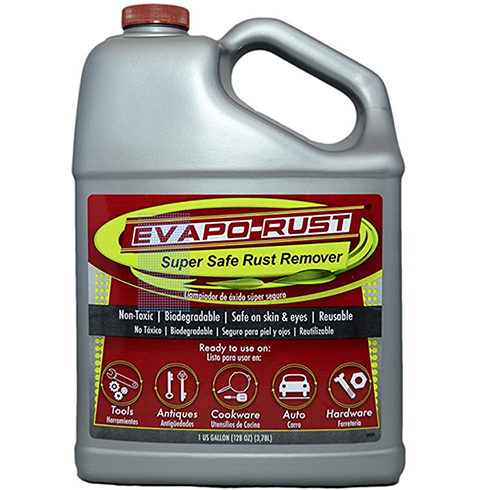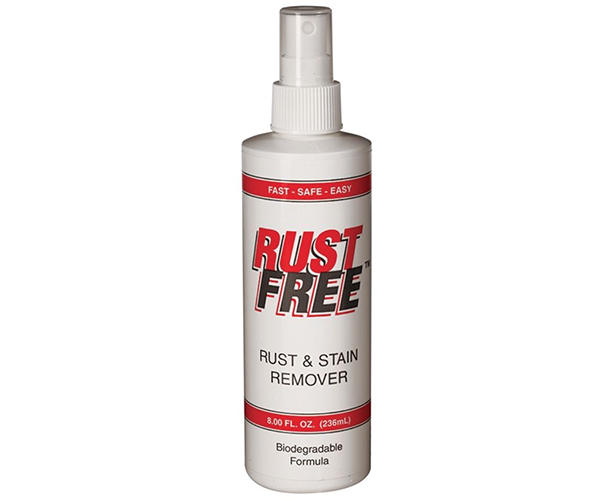
I recently read an article about restoring old planes and the author suggested soaking the metal parts in citric acid for two or three days. I have some good candidates for restoring that I inherited from my dad. They date back to the early 1940s. I would like to know what you and your staff think about this suggestion. – Bill Rector
Tim Inman: Getting rid of rust on old tools is a chronic issue. By definition, the tools in question have been subject to neglect. Using an acid such as citric acid is a common approach to rust removal, but I have no personal experience using citric acid for this purpose. Citric acid is a comparatively gentle acid and might work for you. Testing is the plan of attack, of course. I would strongly advise against just plunking your plane into a vat of untested brew to see what happens. An engineer friend used to refer to this approach as the “Smoke Test.” He meant, “Give it a try and see if it catches fire or smokes.” Well, that approach is to be discouraged at the least. Although there are about as many “home remedies” as there are homes, I’ll add my own experience for the sake of trying: I use a product called Evapo-Rust®. It is sold as a non-acidic chelating detergent. I have had good results using it on old ferrous clock parts and sewing machine parts I have restored. It is not a miracle product. It works pretty slowly (for me, measured in days) and seems to attack only the corrosion. End of endorsement. Test for yourself to be sure PRIOR to using it on your best vintage plane.

Chris Marshall: Bill, I also have read a recent article about restoring old hand planes in which the author suggested soaking the metal parts in cola. Evidently it not only removes the oxidation but also won’t damage the black japanning or the tool’s wooden parts. Why might that work? Citric acid. Have I tried it? Nope. However, I have used a product from Boeshield called Rust Free™ on various cast-iron tool surfaces. It delivers results faster than Tim’s Evapo-Rust (Rust Free contains phosphoric acid). In my experience, Rust Free will dissolve the rust in a matter of minutes to an hour or so. With a bit of scrubbing, you can remove it all. However, while Rust Free doesn’t appear to damage the steel, it will darken the metal to a grayish color. And, of course, when deep rust is removed — by whatever method or chemical you use — there might be some pitting left behind. So goes the metal restoration process.





